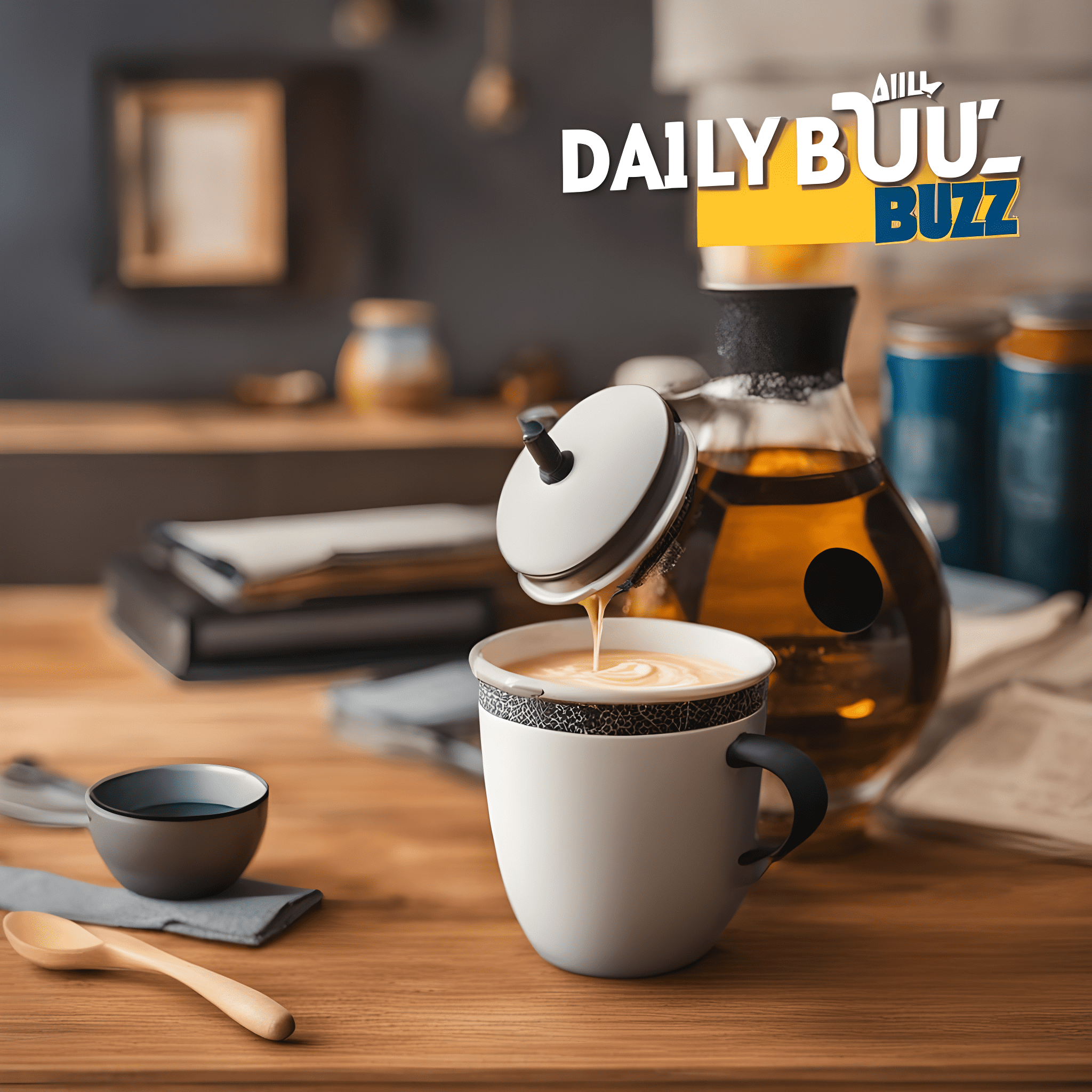


A new celestial event, a "ring of fire" annular solar eclipse, will be visible from South America and parts of Hawaii and the Pacific and Atlantic Oceans on October 2, 2024. This phenomenon occurs when the moon moves between the Earth and the sun, creating a ring-shaped silhouette of sunlight. Skywatchers are advised to use proper eye protection to view the eclipse safely.
The "Ring of Fire" Solar Eclipse of 2024
A celestial spectacle of cosmic proportions is scheduled to unfold on October 2, 2024, with the occurrence of an annular solar eclipse. This awe-inspiring event will be visible from South America, parts of Hawaii, and vast stretches of the Pacific and Atlantic Oceans.
Annular Solar Eclipse: A Cosmic Ring
An annular solar eclipse occurs when the moon passes directly between the Earth and the sun. However, instead of completely blocking the sunlight, the moon's apparent size is smaller than the sun's, creating a mesmerizing ring of light around the dark silhouette of the moon. This phenomenon is often referred to as a "ring of fire" due to its striking visual resemblance.
Path of the 2024 Eclipse
The path of the annular solar eclipse of 2024 will begin in the eastern Pacific Ocean, close to the coast of Chile. It will sweep across South America, passing over Argentina, Uruguay, Brazil, and Chile before exiting the continent. Observers in parts of Hawaii, including Mauna Kea, will also be treated to a view of this celestial event.
Eye Protection Crucial
It is crucial to emphasize that observing a solar eclipse without proper eye protection can lead to permanent eye damage. Skywatchers are strongly advised to wear certified solar eclipse glasses or use solar filters specifically designed for this purpose.
Top 5 FAQs on Solar Eclipses
Q1: Why does a solar eclipse occur? A: A solar eclipse occurs when the moon aligns directly between the Earth and the sun, blocking out the sunlight.
Q2: What is the difference between a total and an annular solar eclipse? A: In a total solar eclipse, the moon completely blocks out the sun, while in an annular eclipse, the moon is smaller than the sun, resulting in a ring of sunlight around the moon's silhouette.
Q3: How often do solar eclipses occur? A: Solar eclipses occur relatively frequently, but they are only visible from certain locations on Earth.
Q4: Are solar eclipses dangerous to view? A: Viewing a solar eclipse without proper eye protection can cause severe and permanent eye damage.
Q5: When was the last annular solar eclipse? A: The last annular solar eclipse occurred on June 10, 2021, and was visible from parts of Europe, Africa, and Asia.

A recent report by Public Health Scotland has shown a steep increase in flu cases and hospitalizations in Scotland. The numbers have more than doubled from the previous week, with a higher intensity observed in younger age groups. Experts are warning of a long flu season and a new variant of the illness that is spreading more easily. Health Secretary Neil Gray has assured the public that there are enough doses of flu vaccine available in the country.

The observation of National Pollution Control Day on 2 December serves as a timely reminder of India's struggle with escalating pollution levels. The recent years have seen a sharp increase in toxic particles and hazardous emissions, causing severe health issues and environmental damage. The ongoing pollution emergency calls for more stringent regulations, better urban planning, and increased public engagement to mitigate the crisis.

As World AIDS Day approaches, conversations around HIV prevention in India are becoming more open and informed. In particular, there is growing interest in PrEP (pre-exposure prophylaxis), a medicine that offers strong protection against HIV when used correctly. With rising awareness and more accessible sexual-health services, doctors are seeing a steady rise in patients asking about PrEP as a proactive health choice. This signals a shift towards informed prevention and a stigma-free dialogue surrounding HIV.

ISRO has been making continuous efforts to establish contact with the Vikram lander and Pragyan rover, which were put into sleep mode earlier this month, ahead of the lunar night. However, the prolonged spell of cold weather conditions, reaching up to -150 degrees Celsius, has made it difficult for them to wake up. With the sunrise on the Moon's south polar region and their solar panels believed to be optimally charged now, ISRO is hoping to revive the lander and rover and continue with their experiments and studies. The latest update from ISRO is that the plan to reactivate them has been delayed to September 23 due to the extreme lunar weather conditions.

Monsoon season may bring romantic vibes, but it's also a nightmare for contact lens wearers. Rainwater contains bacteria and pollutants that can cause eye infections, especially when wearing contact lenses. Ophthalmologists recommend using glasses instead and practicing good hygiene to avoid irritation and infection.

India's first human spaceflight mission, Gaganyaan, is one step closer to reality as ISRO successfully tested the main parachutes for the mission's Crew Module. The test, conducted at the Babina Field Firing Range in Uttar Pradesh, is part of the qualification process for the Gaganyaan parachute system. The system, which includes 10 parachutes of different types, is designed to ensure the safe and stable descent of astronauts returning to Earth. This milestone test marks a crucial step forward for India's ambitious space exploration goals.

As World Pneumonia Day is observed on November 12, experts are drawing attention to the dangerous link between air pollution and respiratory illnesses. In India, the post-Diwali smog adds to the already high levels of pollution, increasing the risk of pneumonia, particularly among vulnerable populations. While outdoor air pollution is often blamed, experts emphasize that poor indoor air quality also plays a significant role in triggering and worsening respiratory infections. Health professionals are urging for better air quality regulations and precautions to prevent this deadly connection between pollution and pneumonia.

On November 12, 2025, the world will once again mark World Pneumonia Day, a global health observance highlighting the urgent need to combat one of the leading causes of death, especially in young children. Despite being preventable and treatable, pneumonia continues to claim millions of lives each year, but efforts such as the ‘Every Breath Counts’ coalition and the Global Action Plan for the Prevention and Control of Pneumonia and Diarrhoea are working towards reducing preventable deaths through vaccination and improved healthcare access. Let us continue to raise awareness and take action against this preventable killer.

As an expectant mother, it is important to be aware of the warning signs that could indicate a potential complication during pregnancy. Dr. Swatee Gaggare, a Consultant in Obstetrics & Gynaecology, shares important insights on the key warning signs every pregnant woman should know. These include unusual bleeding or spotting, severe cramps or abdominal pain, and excessive vomiting. Early detection and prompt medical intervention are crucial for a safe outcome for both mother and baby.

November 10 marks World Science Day for Peace and Development, a celebration that highlights the crucial role of science in our daily lives. This year, the event will take place in Samarkand, Uzbekistan, where the theme "Trust, Transformation, and Tomorrow: The Science we Need for 2050" will be explored. Through public engagement and education, scientists aim to address global issues and create a better future for our planet.